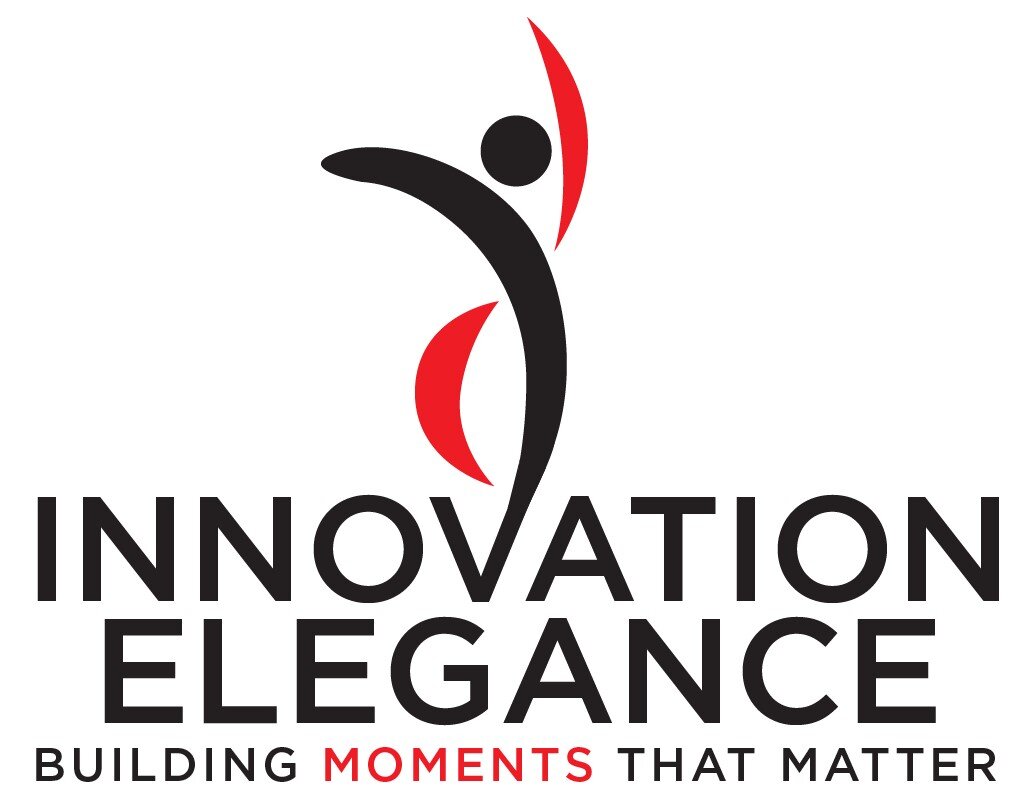What A Good Meeting Looks Like
Meetings are wonderful servants. They are horrible masters. It’s valuable to have a strong idea of what makes a meeting good or bad.
Meetings are expensive. Meetings are fantastic opportunities for employee serendipity, Yes And, and Moments That Matter. Meetings are under the microscope because employees have so many of them. So, it’s REALLY valuable to do meetings skillfully and gracefully. Consider two exhaustive lists below about the traits of healthy meetings. Agree? Disagree? I welcome your additions in the comments!
Across your meetings, objectives and traits of healthy meetings include:
Almost every meeting must be a collaboration session for a specific asset
The meeting agenda is always the same – a “Review & Revise” session for the asset
The meeting must welcome exploratory task conflict and undermine personality conflict
The meeting must translate artificial harmony into sincere harmony, not just Q&A
If not a collaboration session, a meeting is evangelizing an asset that is already approved
Reduce variability in meetings, which frees up your brain for creative thinking, ambitious exploration, and “Positive Surprises”
Hold meetings at a regular cadence, perhaps weekly, enabling you to book meetings well in advance
Despite the cadence, avoid being solely an email factory or a meeting factory – be an asset factory
If you achieve a reasonable, sustainable balance among email, meetings, and assets, you avoid fatigue with your team
Like any healthy factory, progress on assets should feel steady not lumpy – aim for continuous flow
Within each meeting, consider this list for traits of a healthy meeting:
The quantity of people invited is appropriate
Attendance feels close to ideal
Attendance does not need to be perfect
Last-minute cancellations do not slow down the dialogue
Everyone is reasonably punctual
The default agenda is to Review & Revise a single asset or Approve a single asset
If the topic is sensitive and/or if the objective is not asset-oriented …
The objective is some form of alignment, decision
Email is inadequate or inappropriate to align and/or decide
Participants reach alignment or reach a decision
Everyone has appropriate knowledge of the content of the asset and arrives ready to share their questions, reactions, and suggestions
Most of the conversation stays in scope and stays focused on the asset
Changes to the asset are straightforward such that the drafter revises the asset in front of everyone; if not, record the conversation and translate remarks into the document after the meeting
The best ideas appear
Duplication of ideas is low
Diversity of ideas is evident, respectable, or even high
If ideas arise that belong outside the meeting (they inevitably do), the participants quickly recognize this and know what to do with those ideas
Individuals with seniority “seek first to understand then be understood”
They allow the junior individuals to carry the meeting as much as possible
They limit and restrain their speaking and body language to …
Provide positive reinforcement and encouragement
Ask questions, express caution, explain acceptance and rejection of ideas
Some instances of silence exist
The silence is comfortable
The silence conveys safety, confidence, grace, poise
The meeting is clearly intended for divergent thinking (ideation, creativity, brainstorming, expanding options) or convergent thinking (narrowing options, selection, decisions) and the conversation matches the intent
The pace of the meeting is …
Relaxed, but not boring
Efficient, but not frantic
Everyone feels as “heard” and as “included” as they want to be
Interruptions are few, polite, and even create humor
The meeting has high HQ and feels hospitable – no one feels unwelcome, unsafe, suppressed, alienated, demonized - a “boxing ring” of ideas not people
No one rambles or monopolizes the conversation
Meetings might feel like an improv game of “Yes, And”
There was disagreement but no demonization
There was task conflict but no personality conflict
The facilitator mostly intervenes only when necessary, e.g., to progress the conversation to next item
Participants try to uncover the asset’s omissions, blind spots, inconsistencies, and waste
For disagreements, a tiebreaker is empowered to choose among the options
Participants handle bad ideas with grace and are skilled to elegantly minimize embarrassment
Some humor appears – and not at anyone’s expense
Background noise (traffic, loud co-worker, paper shuffling, coughing) is minimal
Everyone is “present” and attentive, i.e., minimal multi-tasking
Minimal typing: i.e., keyboards are unseen and unheard
Minimal use and appearances of a mobile phone
Keep everything that is worth documenting in the primary asset or the appropriate peripheral asset
Avoid a task list
Avoid meeting minutes
Near the end of the meeting …
Poll the reviewers and …
Verify that the conversation exhausted their feedback
If not, align on the sense of urgency for the next review
Poll the approvers that they 1) approve, 2) agree on GETMO (“good enough to move on”), 3) need more time on the asset, or 4) MO (just “move on” to the next asset)
At the end of the meeting, most of the participants feel …
That was a valuable conversation – email was not adequate
I am glad I attended – a good use of my time
Thank goodness we talked all this out now versus days or weeks from now
Soon after the meeting, the drafter sees to it that the appropriate stakeholders have access to the new version
“Distribute” Email attachment
“Post” Shared network folder
“Post” Repository such as Jira/Confluence, SharePoint, Microsoft Teams, Agile/1, Rally, Wiki
No organization can simply meet their way to success. But meetings are vital communication channels and collaboration settings for you team. It’s a great investment for your team to continually improve your facilitation skills and get the most value from meetings. They make life easier. I welcome your reactions, ideas, and additions below!




